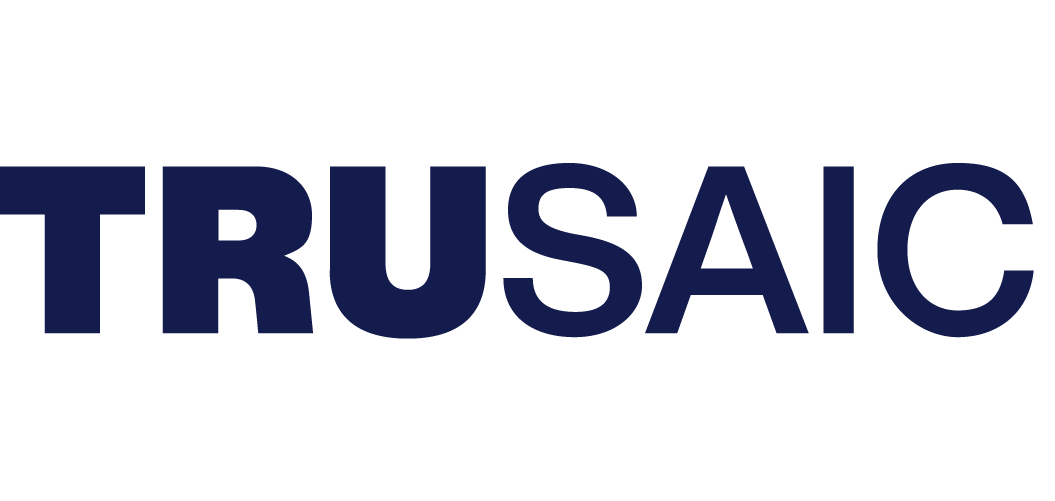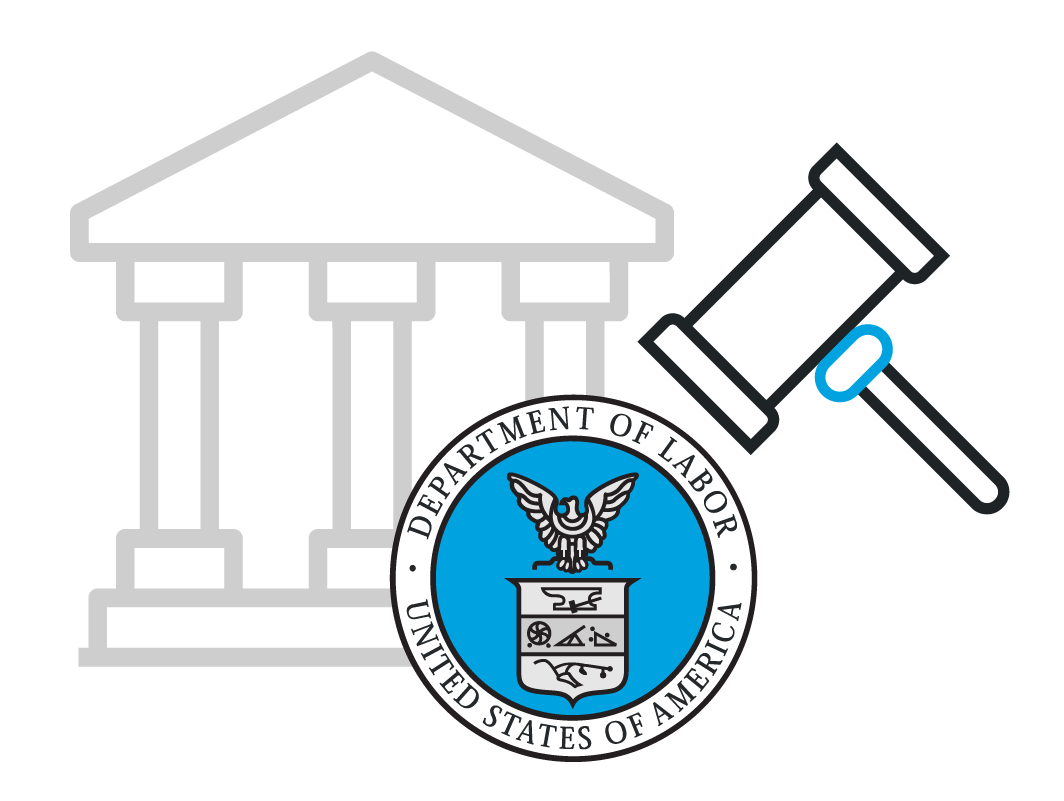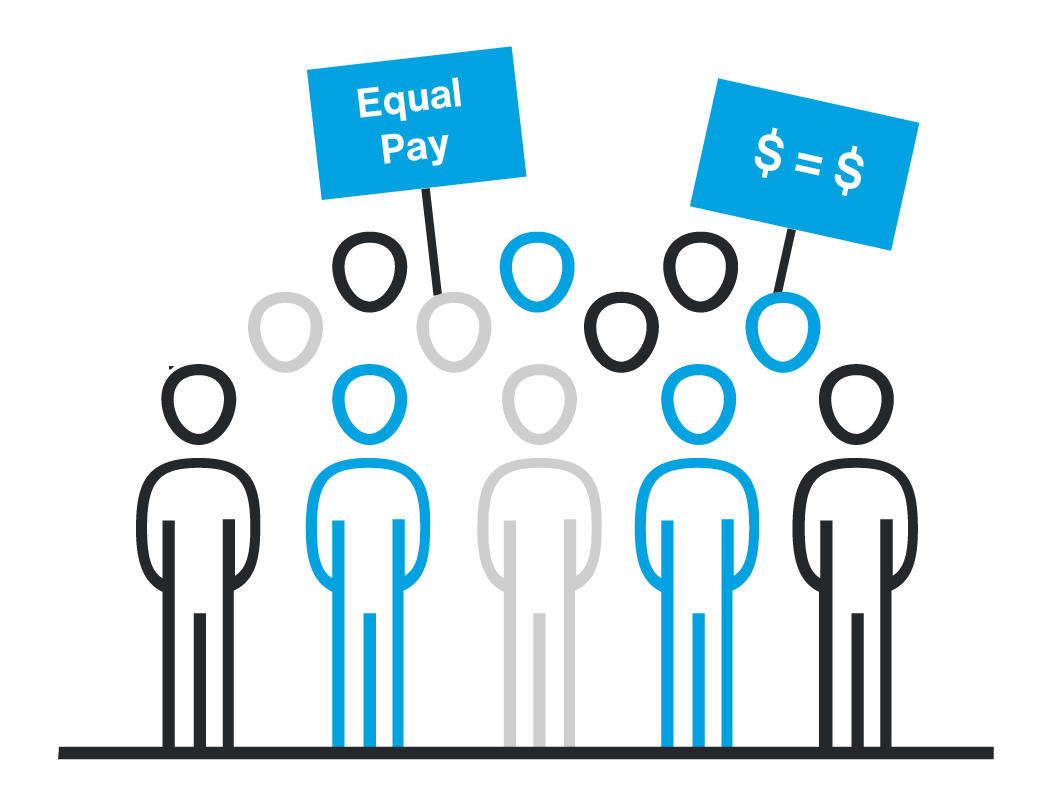
![]()
Now, more than ever, organizations must foster a more diverse, equitable, and inclusive work culture. Creating a more equitable work organization isn’t just the right thing to do, but is also an important business decision.
A 2019 report from consulting firm McKinsey & Company proves the business case for workplace equity, by illustrating how equitable companies are higher-performing companies. The report cites specifically that organizations with executive teams in the top quartile for gender diversity are 23% more likely to achieve above-average profitability, as compared to organizations in the fourth quartile. The report also finds that the more that an organization demonstrates equality at the executive level, the better the business performance.
To further drive organizations to achieve diversity, equity, and inclusion (DEI) initiatives, some jurisdictions are making it mandatory, as recently seen with the state of New York. The question employers should be asking themselves then, is how do you create a more equitable work culture?
An article by the Harvard Business Review outlines seven steps employers should take. Below, we summarize them.
Step 1: Proactively collect employee input to develop a plan
The first step for achieving a more equitable work culture and one that achieves its DEI goals is to define company-wide terms that are important to your organization’s DEI success. Once you’ve identified the terms that are most important, develop a plan for how you will track, and measure its presence within your organization’s initiatives.
A great way for organizations to achieve these uniform definitions of key terms is to solicit employee feedback. Collecting and acting on employee input serves two purposes. The first is that it garners greater employee buy-in, but it also demonstrates that management is listening. Both play a critical role in fostering a more diverse, equitable, and inclusive work culture.
Step 2: Identify strategic benefits for fostering a pro-DEI culture
Aligning goals with strategic benefits is standard for any business function. The same goes for an equitable workplace culture. The HBR article writes, “Explain why fairness is essential to your bottom line. Present your ideas in business terms and gain the support of trusted stakeholders known for making evidence-based business decisions.”
Identifying the benefits from the goals you are setting will allow you to gain organizational approval. For example, if your organization is looking to increase the number of women in top positions within the company, clearly communicate and outline the benefits for doing so within the company. Biotech firm Genentech recently did this in their comprehensive DEI overhaul.
Step 3: Utilize technology
Leveraging technology automates complex processes, but it doesn’t solve all of your problems. The software is only as good as the data powering it. That being said, organizations looking to foster a more diverse, equitable, and inclusive workforce should monitor their DEI process on a regular basis, and technology is a great solution for doing that. Our PayParity solution provides real-time pay equity analytics, diversity scoring, and inclusion sentiment so you can track your progress towards established DEI goals.
Step 4: Conduct pay equity audits
We recently wrote about the importance of pay equity audits, and how they can help organizations avoid discrimination and foster a more equitable work environment. Discrimination is often talked about in terms of disparate treatment, which is intentional discrimination based on a protected class, such as race/ethnicity or gender. However, the disparate impact can sometimes get overlooked. Disparate impact, sometimes referred to as unintentional discrimination can include policies or practices that may not be intentional, but have a harmful effect on employees. Both forms of discrimination place regulatory and litigation risk on the employer.
Experts recommend conducting pay equity audits to achieve pay equality within an organization. A pay equity audit is one of the best measures of a company’s equal employment practices, and the insights gained can create a more equitable workplace. While a single pay equity audit will not solve pay disparities, it will allow the organization to see where it needs to focus its efforts.
Step 5: Identify root causes
With DEI software, your organization can identify pay gaps and areas where workplace fairness may be lacking. With a comprehensive DEI solution, however, you can pinpoint how the issues came into existence. This level of insight allows your organization to address the systemic issues propelling workplace inequality before they become problems. As the HBR article states, “There are usually multiple underlying causes and simply identifying potential causes won’t solve the problem. Action is still needed. However, until you identify and address the underlying issues you won’t see change.”
Step 6: Collaborate and practice shared accountability
An equitable workplace is only as strong as the collaboration and accountability that happens throughout the organization. As we’ve previously written, accountability should be shared and not given to a single individual. Similar to how a staff member isn’t entirely responsible for the success of a company, so is no single person or team responsible for a DEI-successful culture.
Step 7: Remember to be human
A workforce culture that is diverse, equitable, and inclusive is one that is human. It’s an important and final step to remember throughout the process for fostering a more equitable workplace; be human.
Take into consideration, for instance, hiring and recruiting. If your organization is looking to increase diversity across the organization or within a specific department. The process can be entirely automated for screening individuals based on previous background and work history. While this may be an effective way to find qualified candidates, it may hinder the ability to recruit underrepresented individuals. The article writes, “rather than let the data take over, explore how humans and data work best together.”
And so, if your organization is making strides to achieve greater DEI in the workplace, consider these key steps for achieving your goals. A more equitable workplace results in a higher-performing workplace.



